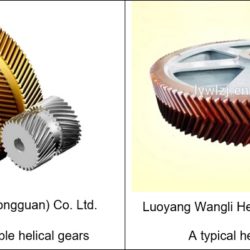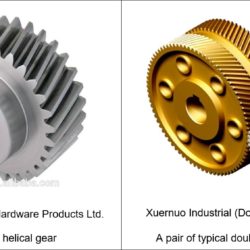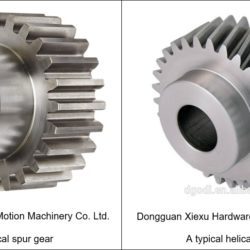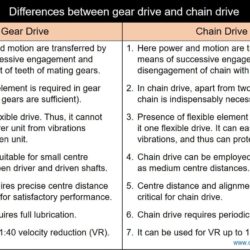Difference Between Straight Teeth and Spiral Teeth Bevel Gear
Gear drive is one part and parcel of mechanical power transmission system that transmits power and motion by successive engagement and disengagement of teeth of driver and driven gears. There exist four basic types of gear, namely spur gear, helical gear, bevel gear and worm gear. The spur gear and helical gear are applicable for power transmission between two parallel shafts, whereas bevel gear is useful for two intersecting shafts




